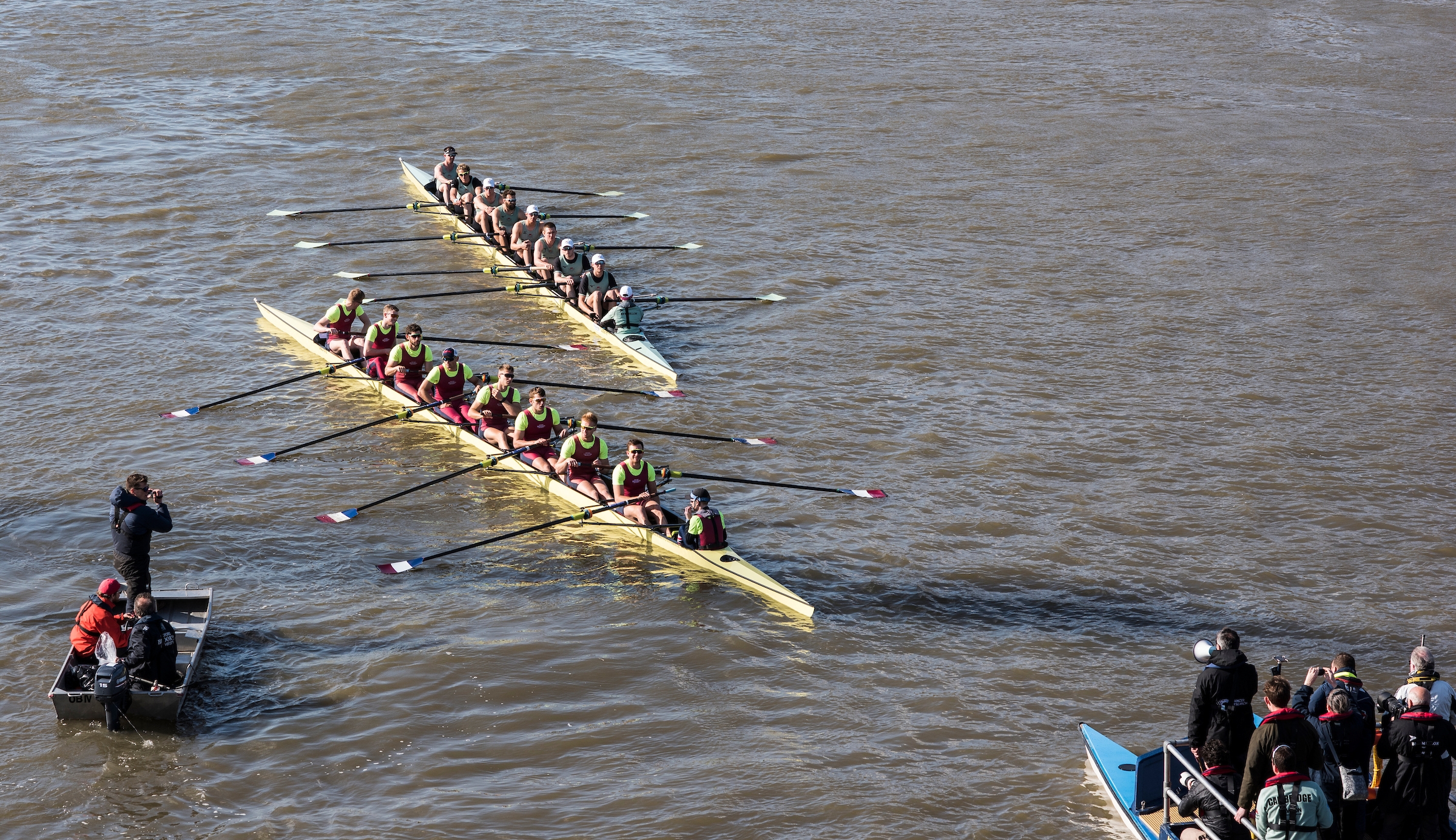BY MARGOT ZALKIND
PHOTO BY PETER SPURRIER
To continue reading…
This article is exclusively for Rowing News subscribers. For as little as $5 a month, you can get access to the best quality, independent reporting on all the issues that matter to the North American rowing community.
Already a subscriber? Login
The enthusiastic young coach had a boathouse full of novice junior scullers, all eager to go out on the water. She accommodated, placed them in singles and doubles, and then went back to get her launch on the water. By the time she came close to where they had strayed, they were like chickens let loose—all over the water, perilously close to the hazards, the shore, and sometimes even each other.
Could she oversee all of them? No. Was this safe? No. Crew parents went into a frenzy. So what is the recommended safety guideline for coach-to-athlete ratio? This is a question we are often asked. The answer is, “It depends.”
There are so many factors to consider. How experienced are the rowers? How experienced is the coach? The coxswains? How many singles and how many sweep boats? What is the situation? The weather? And of course, making sure that everyone has passed the monitored swim test.
Scenario one: You have two experienced eights rowing on a calm body of water 2,500 meters long and 10 racing lanes wide. This can be a very safe situation, and one coach for the two boats could be considered a good ratio.
Scenario two: Now take the example of 18 novice singles out on a rain-swollen river that has debris and barge traffic. A safe coach-to-athlete ratio here might be one coach to two athletes. (Or, better, take out quads that day. Or don’t launch.)
There is not a one-size-fits-all answer because every time a crew heads out on the water, it’s a judgment call.
Questions that need to be answered before the athlete’s launch:
· How experienced is the coach? (and are you/they well-versed in rescue?)
· How experienced are the rowers?
· If there are coxswains, how experienced are they?
· What are the hazards on the body of water and what are the conditions on the water (and what will they be for the next two hours)? Are hazards well marked?
· Are the athletes familiar with the body of water or are you a visiting team on an unfamiliar body of water?
· How many athletes will safely fit in your launch? (Look at the information plate on the hull, or if a wakeless launch, ask the manufacturer.) And make sure you have enough PFDs for every rower you are in charge of.
· Has the coach been trained in how to approach a boat safely and how to rescue rowers?
How fast can you get a boatload of athletes to safety if the need arises? (And are you carrying all rescue equipment and a communication device?)
To make sure the coach is not overextended on the water, here is some basic advice:
Before the season, establish guidelines for the program using the questions above and other issues at your venue that need to be taken into account.
· Do not take out more athletes than the coach can keep an eye on.
· Design practice so that boats stay together for easier monitoring.
· Have enough PFDs in your coaching launch for every rower under your supervision. And wear one yourself.
Every program needs to develop and follow guidelines that makes sense for them, for their waterway, and their athletes’ expertise.
Margot Zalkind and the Foundation for Rowing Education (Mark Wilson, Jim Dietz, Jeff Freidrichs) The Foundation for Rowing Education is a nonprofit that creates and shares information about boating safety, coaching the coxswain, coxing, trailer driving, and launch driving. Visit www.RowingEducation.org or info@RowingEducation.org.

